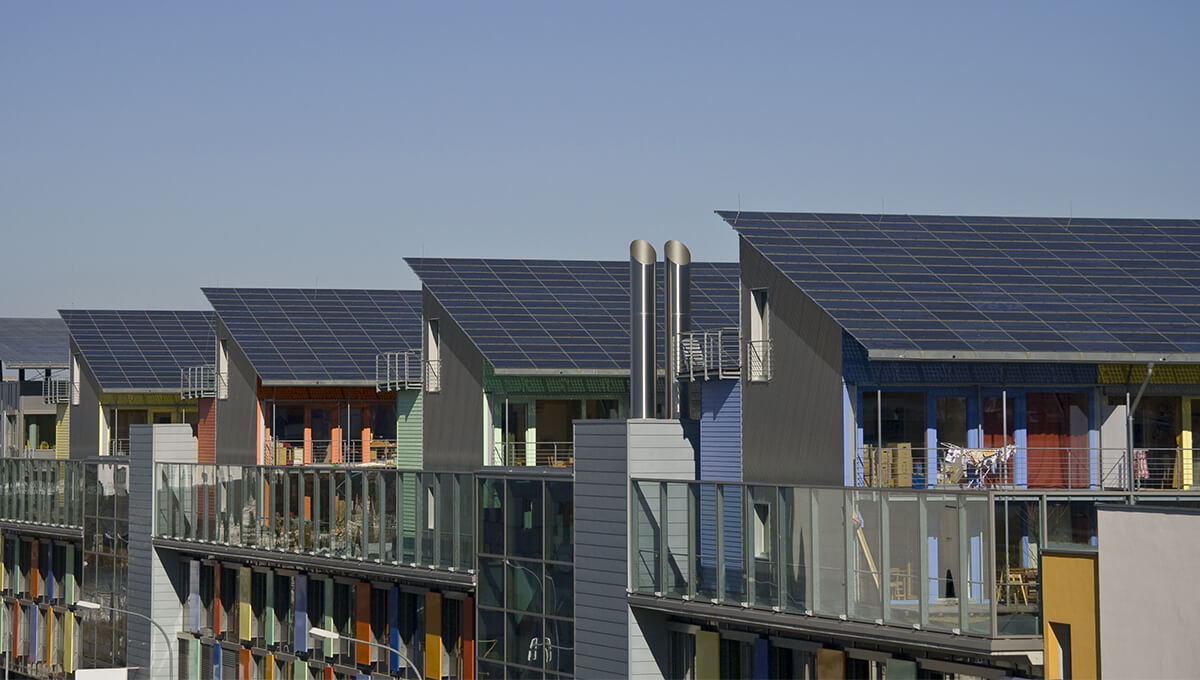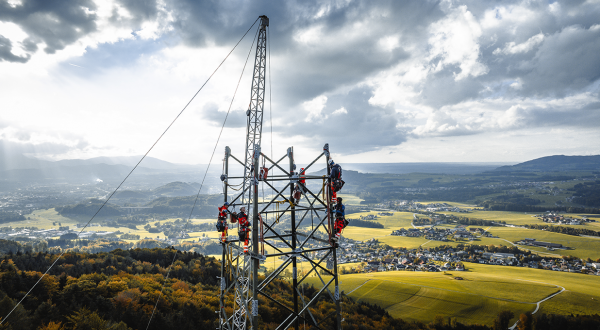
An Enea Consulting study looks at the prerequisites for energy and economic efficiency in urban microgrids.
What value can microgrids bring to urban ecosystems, and under what circumstances? What challenges must be addressed in order to foster and accelerate their emergence? A study by Enea Consulting, carried out in partnership with Omexom (VINCI Energies), the ADP Group, the Caisse des Dépôts Group, Enedis, Total, and the Tuck Foundation, provides some initial answers to these questions.
The analysis coordinated by Enea Consulting was based on three case studies in France and the United States: an eco-neighbourhood, an airport and an industrial site.
The analysis is based on three case studies: an eco-neighbourhood in San Diego, California, with peak demand related to air conditioning; a French airport working to improve its carbon footprint; and an industrial site in France with substantial thermal energy requirements.
To understand the lessons to be learned from this study, a distinction must be first be made between smart grids and microgrids. Microgrids are smart grids with an additional “islanding” capability – the ability to disconnect from the main grid and operate autonomously for a limited period of time.
For economic reasons, smart grids (without islanding capability) are better suited to urban settings with intermittent energy generation.
The microgrid case studies, investigated by the study partners and taken from the service sector (eco-neighbourhoods, buildings with low heating needs or heated electrically), confirmed that a microgrid is rarely viable economically. “On the other hand, more sustainable, lower-cost local electricity generation does not necessarily require islanding capability,” says Enea Consulting analyst Maeva Faure.
Three design factors
What criteria should be used to design smart grids? The study identified three major markers: the grid tariff structure, the origin of the annual peak demand (heating or air conditioning), and the availability of renewable energy sources.
A first hypothesis assumes a situation in which tariffs are largely based on contract power, with substantial solar potential and an annual peak related to air conditioning. For an eco-neighbourhood equipped with roof-mounted solar panels and batteries, the economic optimum in 2020 would be achieved with 50% renewable energy.
A second hypothesis assumes tariffs based more on energy consumed, with limited solar potential and an annual peak related to electric heating. In this configuration, local electricity generation is profitable when the levelized cost of energy lies below the electricity selling price. In this case, optimisation is based on total energy consumption (MWh) rather than electricity demand at any point in time (MW), and solar panels are sized to ensure that all electricity will be self-consumed.
Spark spread
What about an industrial site? The case study modelled by the study partners showed that microgrids are economically efficient only for industrial systems with strong thermal (heating and cooling) demand. The microgrid can be coupled with the heating network to optimise the energy system as a whole, with a substantial amount of cogeneration (thermal and electrical energy).
The takeaway from the study is that microgrids may be economically viable if they supply both electricity and heating or cooling, and if they are supplied by non-intermittent energy sources. Their cost rises substantially when intermittent energy is used. This cost must be estimated taking into account the added value generated by the islanding capability.
11/09/2017



